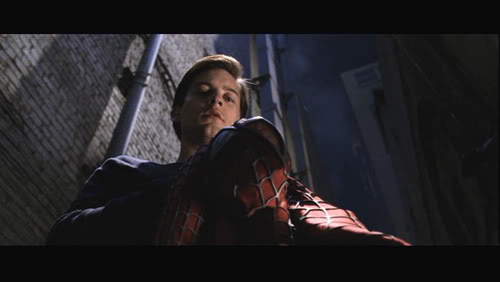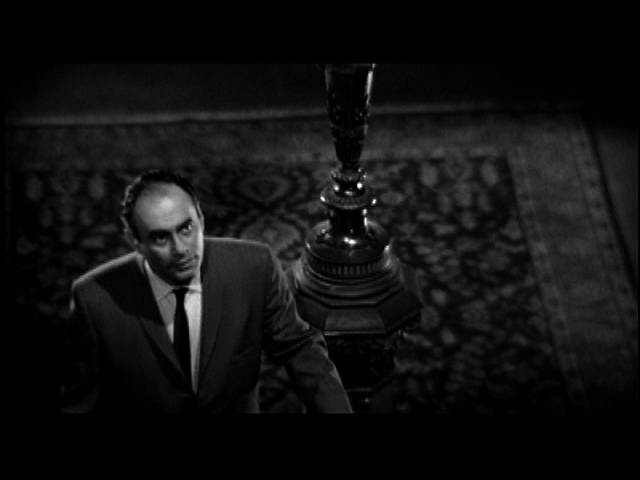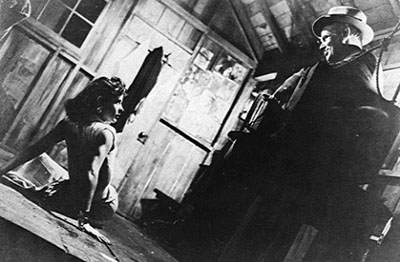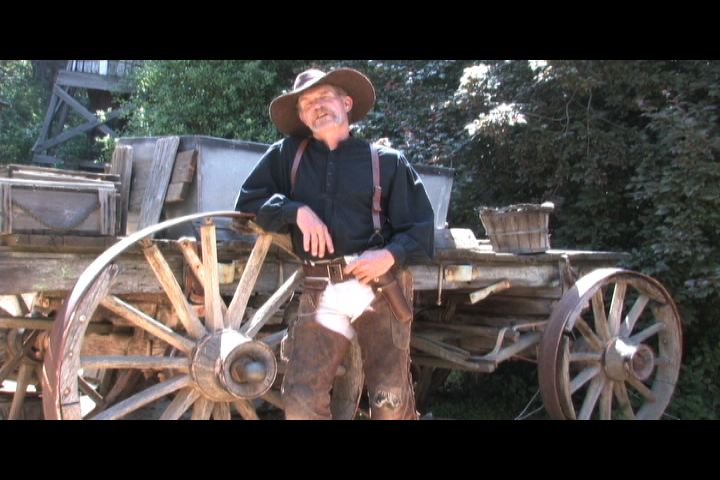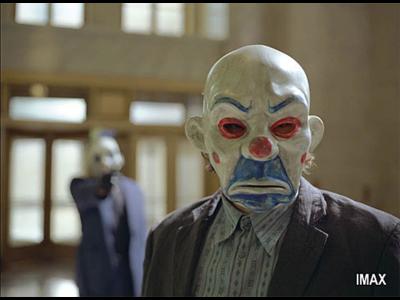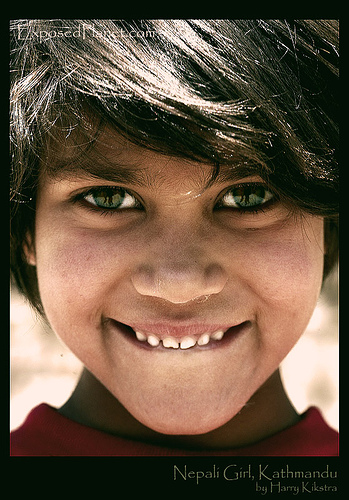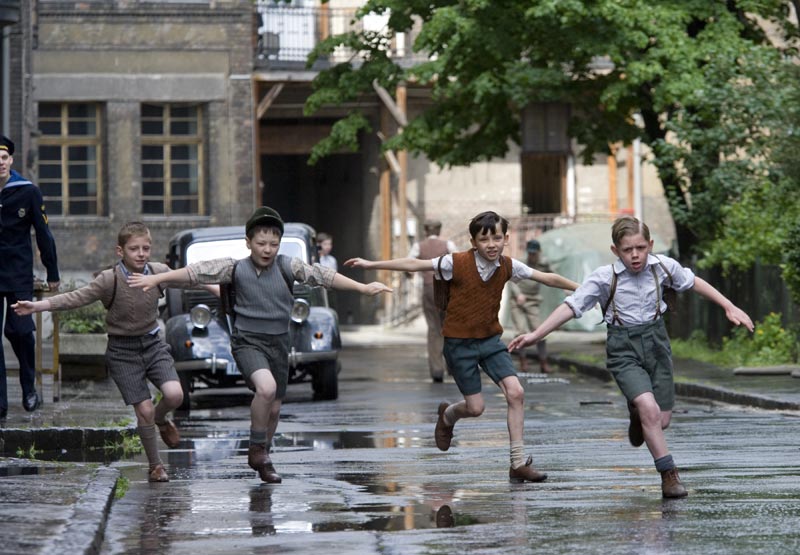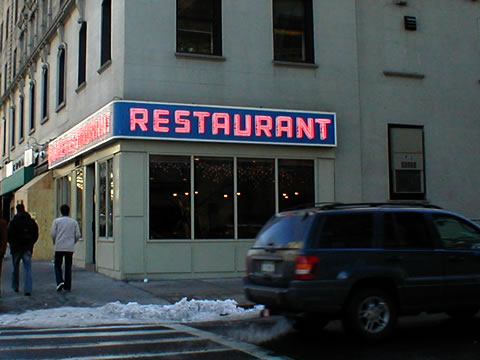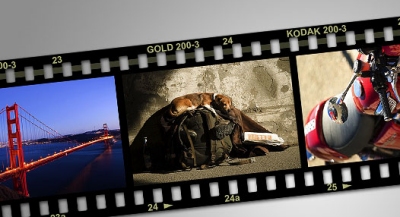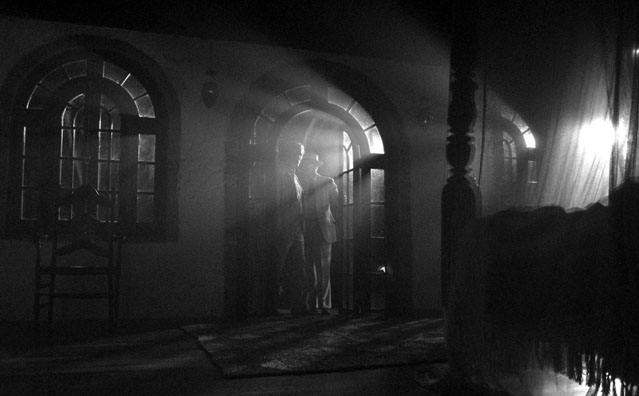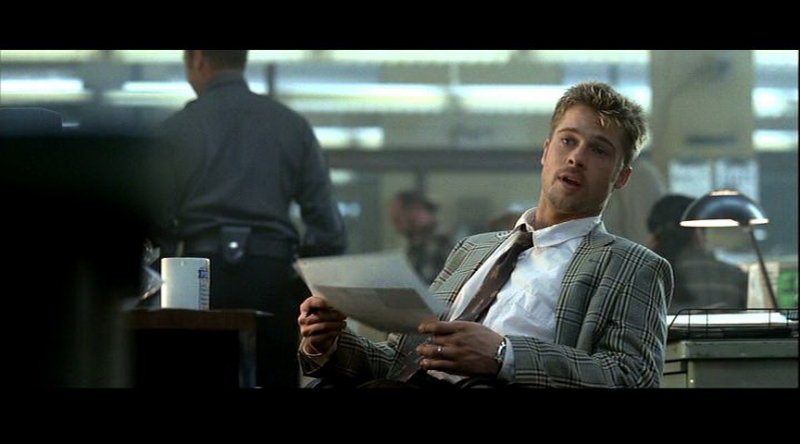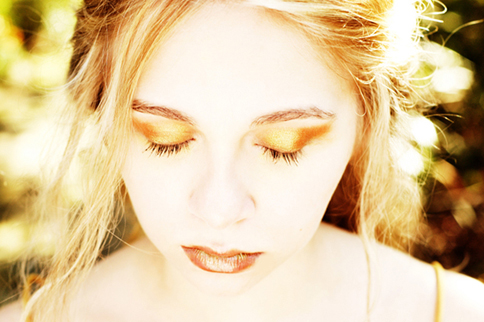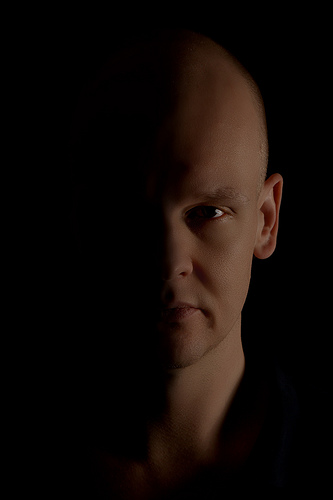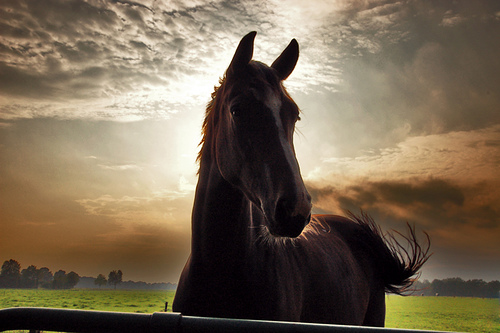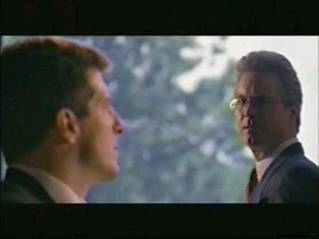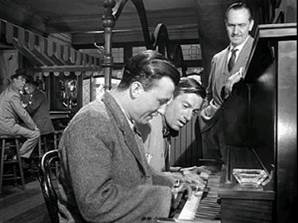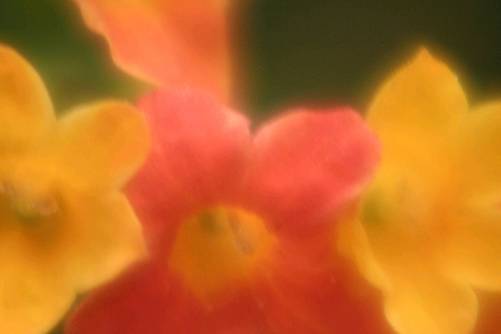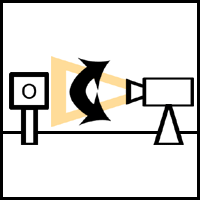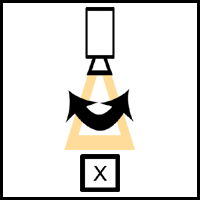Film Techniques Quiz Questions And Answers
(234).jpg)
Are you interested in the techniques of film-making? You can take this film techniques quiz and check your knowledge about film-making and everything involved in it. Movies have been how words are brought to life so that a play does not. They give us the true view of the world in which characters exist. If you wish to make a movie, you should understand cinematic techniques accurately and which points give the desired view. Do you? Test yourself by taking the eye-opening test below.
- 1.
This angle illustrates the newfound power that Peter Parker feels from his spider suit.
- A.
High angle
- B.
Low angle
- C.
Eye level angle
- D.
Dutch angle
Correct Answer
B. Low angleExplanation
A low angle is used to depict a character or subject as powerful or dominant. In this case, the low angle suggests that Peter Parker feels empowered by his spider suit. The camera is positioned below him, looking up, which creates a sense of strength and superiority. This angle emphasizes his newfound power and confidence.Rate this question:
-
- 2.
This angle shoots the subject from above to create a feeling of powerlessness and/or weakness.
- A.
High angle
- B.
Low angle
- C.
Eye level angle
- D.
Dutch angle
Correct Answer
A. High angleExplanation
A high angle shot is taken from above the subject, which creates a perspective where the subject appears smaller and less powerful. This angle is commonly used to convey a sense of powerlessness or weakness in the subject. By shooting from a higher position, the viewer is given a dominant viewpoint, making the subject seem inferior or vulnerable.Rate this question:
-
- 3.
This angle, also called a canted angle, adds tension to a frame and creates a sinister or distorted view of a character.
- A.
High angle
- B.
Low angle
- C.
Eye level angle
- D.
Dutch angle
Correct Answer
D. Dutch angleExplanation
A dutch angle, also known as a canted angle, is a technique used in cinematography where the camera is tilted to create a sense of unease or disorientation. By tilting the camera, the frame becomes off-kilter and gives a distorted view of a character or scene. This can be used to create tension or convey a sinister atmosphere.Rate this question:
-
- 4.
This angle is the most natural and accounts for 90-95% of shots seen in films.
- A.
High angle
- B.
Low angle
- C.
Eye level angle
- D.
Dutch angle
Correct Answer
C. Eye level angleExplanation
The eye level angle is the most natural and commonly used angle in films, accounting for 90-95% of shots. This angle provides a perspective that is similar to how we naturally see the world, creating a sense of realism and familiarity for the audience. It allows viewers to easily connect with the characters and understand the scene.Rate this question:
-
- 5.
This shot is the most natural; subjects are shot from the middle up
- A.
Long shot
- B.
Close up
- C.
Establishing shot
- D.
Medium shot
- E.
Shot
Correct Answer
D. Medium shotExplanation
A medium shot is a type of shot in filmmaking where the camera is positioned at a moderate distance from the subject. In this shot, the subjects are captured from the middle up, allowing for a natural and balanced composition. It provides enough context to show the subject's body language and facial expressions while also maintaining a sense of intimacy. This shot is commonly used in dialogue scenes or when the director wants to emphasize the subject's emotions and reactions.Rate this question:
-
- 6.
The image being shot takes up at least 80 percent of the frame and therefore appears to be very large.
- A.
Long shot
- B.
Close up
- C.
Medium shot
- D.
Sequence
- E.
Shot
Correct Answer
B. Close upExplanation
A close up shot is a type of shot where the subject being filmed takes up a significant portion of the frame, usually around 80 percent or more. This allows for great detail and focus on the subject, making it appear large and prominent. In this case, since the image being shot takes up at least 80 percent of the frame, it appears very large, indicating that it is a close up shot.Rate this question:
-
- 7.
A shot taken from some distance; shows the full subject and perhaps the surrounding scene as well, often causing the object on the screen to appear small.
- A.
Long shot
- B.
Close up
- C.
Medium shot
- D.
Sequence
- E.
Shot
Correct Answer
A. Long shotExplanation
A long shot is a type of shot taken from a distance that shows the full subject and possibly the surrounding scene. This often makes the object on the screen appear small.Rate this question:
-
- 8.
Sets the scene or shows the space of a scene; often a long shot
- A.
Medium shot
- B.
Establishing shot
- C.
Close up
- D.
Sequence
- E.
Shot
Correct Answer
B. Establishing shotExplanation
An establishing shot is a type of shot that sets the scene or shows the space of a scene. It is often a long shot, providing the audience with a wider view of the surroundings and giving them a sense of the location or environment in which the subsequent action will take place. This shot is typically used at the beginning of a scene or sequence to provide context and orient the audience.Rate this question:
-
- 9.
A single, uninterrupted piece of film.
- A.
Long shot
- B.
Close up
- C.
Medium shot
- D.
Sequence
- E.
Shot
Correct Answer
E. ShotExplanation
A shot refers to a single, uninterrupted piece of film. It is a basic unit of film production that captures a specific action or scene. It can vary in length and can be taken from different angles or distances, such as a long shot, close up, or medium shot. A sequence, on the other hand, is a series of shots that are related and connected to tell a story or convey a specific message. Therefore, the correct answer is shot.Rate this question:
-
- 10.
A collection of shots forms a natural unit; the shots are no longer perceived as a set of individual shots.
- A.
Long shot
- B.
Close up
- C.
Medium shot
- D.
Sequence
- E.
Shot
Correct Answer
D. SequenceExplanation
A sequence is a collection of shots that are put together to form a natural unit. In a sequence, the shots are no longer perceived as individual shots but instead, they flow together to tell a story or convey a specific message. This could be achieved through various techniques such as continuity editing or visual motifs. By organizing shots in a particular order, a sequence creates a cohesive and meaningful narrative structure.Rate this question:
-
- 11.
This type of lighting creates suspense or suspicion in a scene.
- A.
High key lighting
- B.
Low key lighting
- C.
Neutral lighting
- D.
Bottom/side lighting
- E.
Front/rear lighting
Correct Answer
B. Low key lightingExplanation
Low key lighting creates suspense or suspicion in a scene by using a limited amount of light to create strong contrasts between light and shadow. This technique is often used in film noir or thriller genres to create a sense of mystery or tension. The dark shadows and dramatic lighting add an element of intrigue and uncertainty to the scene, enhancing the overall mood and atmosphere.Rate this question:
-
- 12.
even lighting throughout the shot; most commonly used
- A.
High key lighting
- B.
Low key lighting
- C.
Neutral lighting
- D.
Bottom/side lighting
- E.
Front/rear lighting
Correct Answer
C. Neutral lightingExplanation
Neutral lighting refers to a lighting setup where there are no strong shadows or highlights. It provides even lighting throughout the shot, ensuring that all areas of the subject are well-illuminated. This lighting technique is commonly used in photography and cinematography as it helps to create a natural and balanced look. Neutral lighting is preferred in situations where the goal is to accurately represent the subject without any dramatic lighting effects.Rate this question:
-
- 13.
creates a bright and open-looking scene; conveys warmth, comfort, and happiness.
- A.
High key lighting
- B.
Low key lighting
- C.
Neutral lighting
- D.
Bottom/side lighting
- E.
Front/rear lighting
Correct Answer
A. High key lightingExplanation
High key lighting refers to a lighting technique that involves using bright and even lighting to create a scene that appears bright and open. This technique is often used in photography and film to convey a sense of warmth, comfort, and happiness. By eliminating shadows and using a high level of illumination, high key lighting creates a visually pleasing and positive atmosphere.Rate this question:
-
- 14.
direct lighting from below or from one side, often dangerous or evil-looking, may convey split personality, moral ambiguity, or secrecy.
- A.
High key lighting
- B.
Low key lighting
- C.
Neutral lighting
- D.
Bottom/side lighting
- E.
Front rear lighting
Correct Answer
D. Bottom/side lightingExplanation
Bottom/side lighting refers to the positioning of the light source below or to the side of the subject. This type of lighting creates strong shadows and highlights, which can give a dramatic and mysterious effect to the scene. It is often used to convey split personality, moral ambiguity, or secrecy in storytelling or photography. The shadows created by bottom/side lighting can obscure parts of the subject's face or body, adding an element of intrigue or danger.Rate this question:
-
- 15.
Direct lighting of an object/person; gives an angelic or innocent impression
- A.
High key lighting
- B.
Low key lighting
- C.
Neutral lighting
- D.
Front/rear lighting
- E.
Bottom/side lighting
Correct Answer
D. Front/rear lightingExplanation
Front/rear lighting refers to the placement of light sources in front or behind the subject. This type of lighting can create a sense of depth and dimension, as well as highlight the features of the subject. When used in direct lighting of an object or person, it can create a soft and angelic impression, emphasizing their innocence or purity.Rate this question:
-
- 16.
When a director shifts the focus from one object to another in the same shot in order to direct the audience’s attention. Often signifies a change of power or significance.
- A.
Soft focus
- B.
Deep focus
- C.
Rack focus
Correct Answer
C. Rack focusExplanation
Rack focus is a technique used by directors to shift the focus from one object to another within the same shot. This technique is employed to direct the audience's attention and often indicates a change in power or significance. Unlike soft focus, which creates a blurred effect, or deep focus, which keeps both foreground and background in sharp focus, rack focus specifically involves shifting the focus between different objects or subjects within the frame.Rate this question:
-
- 17.
When foreground and background are equally in focus
- A.
Soft focus
- B.
Deep focus
- C.
Rack focus
Correct Answer
B. Deep focusExplanation
Deep focus refers to a technique in cinematography where both the foreground and background are equally in focus. This allows for a greater depth of field, enhancing the visual composition and enabling the viewer to perceive details in both the foreground and background simultaneously. It is often used to create a sense of realism and depth in a scene, and can be achieved through the use of specialized lenses and careful camera positioning.Rate this question:
-
- 18.
When a director intentionally puts his or her object slightly out of focus to make the image look unclear
- A.
Soft focus
- B.
Deep focus
- C.
Rack focus
Correct Answer
A. Soft focusExplanation
Soft focus refers to intentionally blurring or slightly out of focus the image in order to create a dreamy or romantic effect. This technique is often used in photography or filmmaking to enhance the appearance of the subject or to create a more flattering and ethereal atmosphere. Soft focus can help to soften the lines and imperfections, giving a more youthful and glowing appearance to the subject. It is a deliberate artistic choice made by the director to create a specific visual aesthetic.Rate this question:
-
- 19.
The focal length of the lens changes, making the object appear to move closer or further away. The lens moves, focusing on an important object or face.
- A.
Pan
- B.
Tilt
- C.
Zoom
- D.
Tracking/dolly
Correct Answer
C. ZoomExplanation
Zoom refers to the ability of a lens to change its focal length, allowing the object to appear closer or further away. This is achieved by physically moving the lens elements within the lens. By adjusting the focal length, the lens can focus on important objects or faces, making them appear larger or smaller in the frame. Therefore, zoom is the correct answer as it accurately describes the process of changing the focal length to adjust the magnification of the object being captured.Rate this question:
-
- 20.
The camera moves up and down along the vertical axis, often used to emphasize the impressiveness of a character or setting.
- A.
Pan
- B.
Tilt
- C.
Zoom
- D.
Tracking/dolly
Correct Answer
B. TiltExplanation
Tilt refers to the camera movement where it is tilted up or down along the vertical axis. This movement is commonly used to highlight the grandeur or significance of a character or setting. By angling the camera upwards or downwards, it creates a visual effect that emphasizes the subject and adds depth to the shot.Rate this question:
-
- 21.
The camera itself is moving with the action – on a track, on wheels, or handheld. Often used for “walk & talks.”
- A.
Pan
- B.
Tilt
- C.
Zoom
- D.
Tracking/dolly
Correct Answer
D. Tracking/dollyExplanation
The correct answer is tracking/dolly. Tracking or dolly shots involve moving the camera with the action, either on a track, wheels, or handheld. This technique is commonly used for "walk and talks" where the camera follows the characters as they move. Unlike pan, tilt, or zoom shots which involve adjusting the camera angle or focal length, tracking shots physically move the camera to create a sense of movement and immersion for the viewers.Rate this question:
-
- 22.
The camera pivots along the horizontal axis, left or right, usually for the viewer to take in the scenery.
- A.
Pan
- B.
Tilt
- C.
Zoom
- D.
Tracking/dolly
Correct Answer
A. PanExplanation
Pan refers to the horizontal movement of the camera, either to the left or right. This movement is commonly used to capture wide shots and allow the viewer to take in the scenery. It helps to create a sense of space and is often used in landscape or architectural shots.Rate this question:
-
- 23.
An image overlaps into another; can create a connection between images.
- A.
Cut
- B.
Fade
- C.
Dissolve
- D.
Eye-line match
Correct Answer
C. DissolveExplanation
The correct answer is "dissolve." A dissolve is a transition effect where one image gradually fades out while the next image simultaneously fades in. This creates a smooth and seamless connection between the two images, as if they are merging or blending together. It is commonly used to indicate the passage of time or a change in location. Therefore, in the context of the given statement, a dissolve can be used to make one image overlap into another and create a connection between them.Rate this question:
-
- 24.
Scene fades to black (or another color); often implies that time has passed.
- A.
Cut
- B.
Fade
- C.
Dissolve
- D.
Eye-line match
Correct Answer
B. FadeExplanation
A fade is a transition technique in film or video editing where the scene gradually goes from full visibility to complete darkness or another color. This technique is often used to indicate the passage of time between scenes or to create a smooth transition between shots. It provides a subtle and gradual change, unlike a cut which is a sudden transition. Dissolve is another transition technique, but it involves one scene gradually blending into the next. Eye-line match refers to a technique where the gaze of a character in one shot is matched with the subject they are looking at in the next shot.Rate this question:
-
- 25.
Abrupt transition of visual content from one shot to another; it is the most common form of editing.
- A.
Cut
- B.
Fade
- C.
Dissolve
- D.
Eye-line match
Correct Answer
A. CutExplanation
Cut is the correct answer because it refers to the abrupt transition of visual content from one shot to another, which is the most common form of editing. In a cut, the first shot is instantly replaced by the next shot, creating a seamless transition between the two shots. This technique is widely used in film and television to move the narrative forward, create visual interest, and maintain a smooth flow of the story.Rate this question:
-
- 26.
A shot of a person looking, then a cut to what he or she saw, followed by a cutback for a reaction. The cutback is often a close-up shot to show how the character is reacting.
- A.
Crosscut
- B.
Flashback
- C.
Cut
- D.
Eye-line match
Correct Answer
D. Eye-line matchExplanation
An eye-line match is a technique in film editing where a shot of a person looking is followed by a cut to what they saw, and then a cutback to show their reaction. The cutback is often a close-up shot to emphasize the character's emotional response. This technique helps to establish a connection between the character's point of view and their emotional state, allowing the audience to understand their perspective and empathize with them.Rate this question:
-
- 27.
Cut to action that is happening simultaneously somewhere else; also called parallel editing; often used to show a race against time or a connection between scenes.
- A.
Crosscut
- B.
Flashback
- C.
Cut
- D.
Eye-line match
Correct Answer
A. CrosscutExplanation
Crosscutting, also known as parallel editing, is a technique used in film editing to show simultaneous action happening in different locations. It is often used to create tension or to establish a connection between different scenes. In this technique, the film cuts back and forth between two or more separate actions, giving the impression that they are happening at the same time. This can be used to show a race against time or to highlight the connection between different characters or events.Rate this question:
-
- 28.
Movement into action that has happened in the past, often signified by a change in music, voice-over narration, or a dissolve
- A.
Crosscut
- B.
Flashback
- C.
Cut
- D.
Eye-line match
Correct Answer
B. FlashbackExplanation
A flashback refers to a narrative technique where the story temporarily shifts to a previous time or event, providing background information or context. It is often indicated by changes in music, voice-over narration, or a dissolve effect. In this case, the correct answer "flashback" aligns with the description provided, suggesting that it is the movement into action that has happened in the past.Rate this question:
-
- 29.
A cut away from the primary subject to something equally or more relevant at that time (usually within the same space, not somewhere else). This is often used to compress time in what appears to be a seamless manner.
- A.
Reverse cutting
- B.
Cut
- C.
Cutaway
- D.
Flashback
Correct Answer
C. CutawayExplanation
A cutaway is a technique used in filmmaking where the scene shifts from the primary subject to something else that is equally or more relevant at that time. This technique is often used to compress time in a seamless manner, allowing the audience to understand the context or gain additional information. Unlike a flashback, which takes the viewer to a different time or place, a cutaway typically stays within the same space.Rate this question:
-
- 30.
A technique of alternating over-the-shoulder shots showing different characters speaking. This is generally used in conversation scenes.
- A.
Fade
- B.
Cut
- C.
Eye-line match
- D.
Reverse cutting
Correct Answer
D. Reverse cuttingExplanation
Reverse cutting is a technique of alternating over-the-shoulder shots showing different characters speaking. This technique is commonly used in conversation scenes to create a sense of continuity and engagement between the characters. By showing each character's reaction and response to the dialogue, reverse cutting helps to establish a connection between them and enhances the flow of the conversation.Rate this question:
-
Quiz Review Timeline +
Our quizzes are rigorously reviewed, monitored and continuously updated by our expert board to maintain accuracy, relevance, and timeliness.
-
Current Version
-
Jul 23, 2023Quiz Edited by
ProProfs Editorial Team -
Jan 31, 2010Quiz Created by
Lvelick
 Back to top
Back to top



